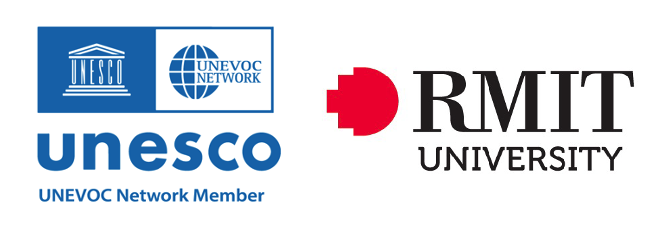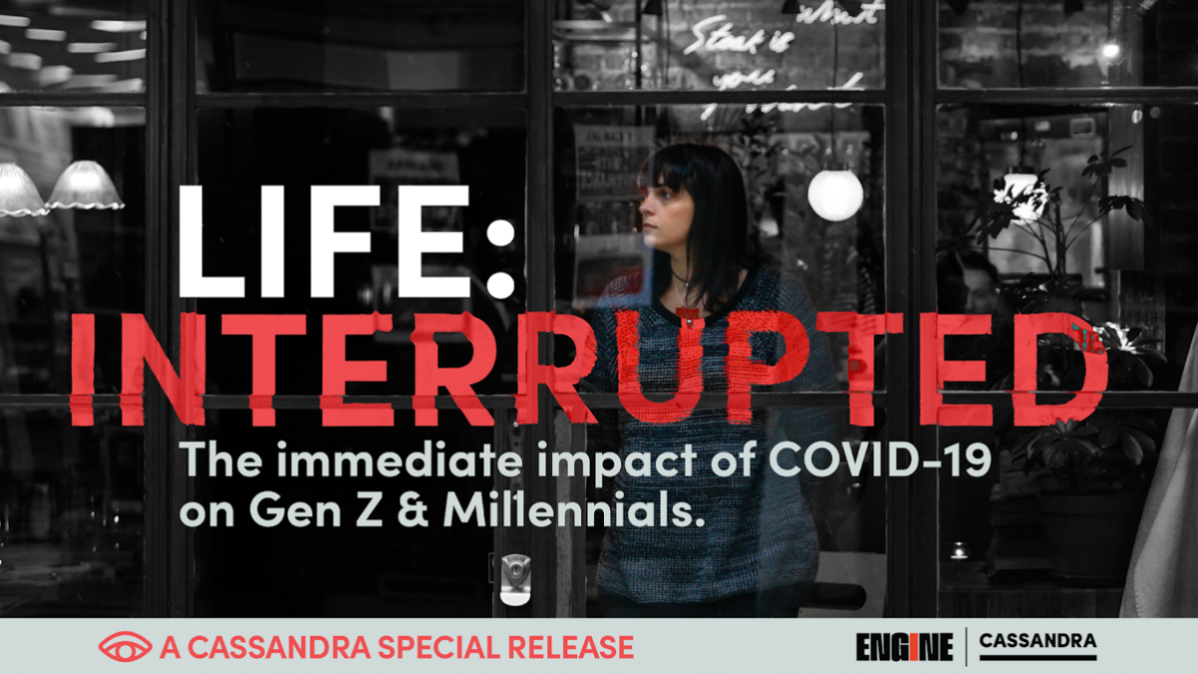Authors: Peter Kelly & James Goring
We have just launched our research project with the Inner Northern Local learning and Employment Network (IN-LLEN). The project is titled COVID-19 Recovery Scenarios for Young People in Melbourne’s Inner North.
In a series of posts we want to do a number of things that are important in framing this project, and future projects.
In an earlier blog – Young People and the Problem of the Future – we examined the ways which the future is often imagined in contemporary conversations about young people and their futures. That post maps some of the dominant ways in which young people, and the futures that they face, have been framed by youth advocacy organisations such as the Foundation for Young Australians, and international agencies such as the OECD, UNESCO, and the World Economic Forum.
In the next 3 blog posts, our interest is in exploring the methodology of scenario planning and the relationship of this methodology to different ways of thinking about and understanding futures – those times and spaces that, by definition, haven’t happened yet!
In thinking about, and imagining futures we are in times and spaces of uncertainties and likelihoods, of possibilities and impossibilities, of probabilities and improbabilities.
In an earlier post we also suggested that the metaphor of an ‘event horizon’, as signifying any moment of profound unknowability, provides a powerful means to capture the sense of existential crisis that many feel in the midst, still, of the public health consequences of COVID-19. So many of us are currently wondering, thinking about, What comes next? What do our futures hold?
The challenge here is to not be either optimistic or pessimistic, hopeful or despairing. Rather, the task is to imagine – drawing on as wide a source of materials, evidence, data, analysis and commentary as possible – the range of possible, probable, likely futures. With different time horizons in focus at different times – short, medium and longer term.
If you can imagine these possible futures then you can develop a range of plans, a range of options, to embrace the opportunities and meet the challenges that these futures might hold.
‘Mega Trends’ and ‘Future Back Thinking’: The EY Model

There are many possible sources to draw on for framing a discussion of what the world will look like in 2025 or 2030 or… And in relation to a range of challenges and opportunities including the COVID-19 pandemic, the climate crisis, digital disruption, the economy, labour markets, education and training.
Indeed, in an earlier post on COVID-19 and Young People’s Sustainable Futures: Worst Case Scenarios? we discussed a number of emerging forecasts and modelling about the near and more distant futures of a COVID-19 world, including Nouriel Roubini’s ‘worst case’ scenario of a Greater Depression for the decade of the 2020s.
In this series of posts we want to use the work done by EY – one of the Big Four, global financial and business planning services firms – in their Megatrends series as a means for sketching the contours of futures thinking in this project.
EY’s series is not without its problems, but it does represent one of the ways in which global capitalism is imagining and talking about its futures, is talking about our futures, is talking about young people’s futures.
EY’s series is framed by what it calls ‘future back’ thinking, a form of ‘scenario planning’ that we discuss in greater detail in the final post in this series.
In order to do this sort of thinking EY identifies, schematically, a series of what it calls ‘Primary Forces’ (root causes), ‘Megatrends’ (cross-sector disruptions), and ‘Future Working Worlds’ (new rules of the game).

These drivers and outcomes of change present different challenges and opportunities (to businesses and their viability and profitability), and have different time horizons (the further into the future, the less certain are the probabilities).

In the next post we will examine EY’s Primary Forces.
Featured Image: Image credit


2 replies on “COVID-19 Recovery Scenarios For Young People – Part One: ‘Future-Back’ Thinking”
[…] on from Part 1 in this series, in this post we want to briefly outline what EY calls Primary […]
LikeLike
[…] this final post of this series (see, Part 1, Part 2, Part 3) we want to provide a brief introduction to some of the principles of scenario […]
LikeLike